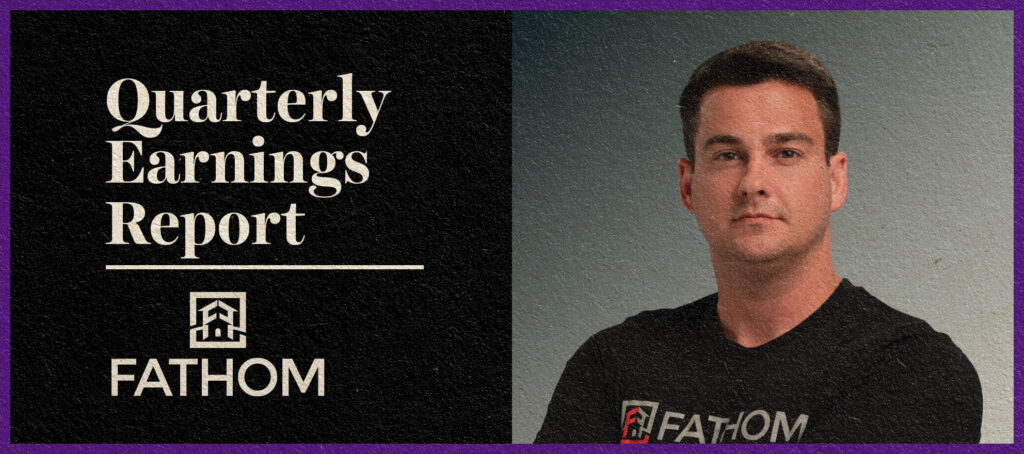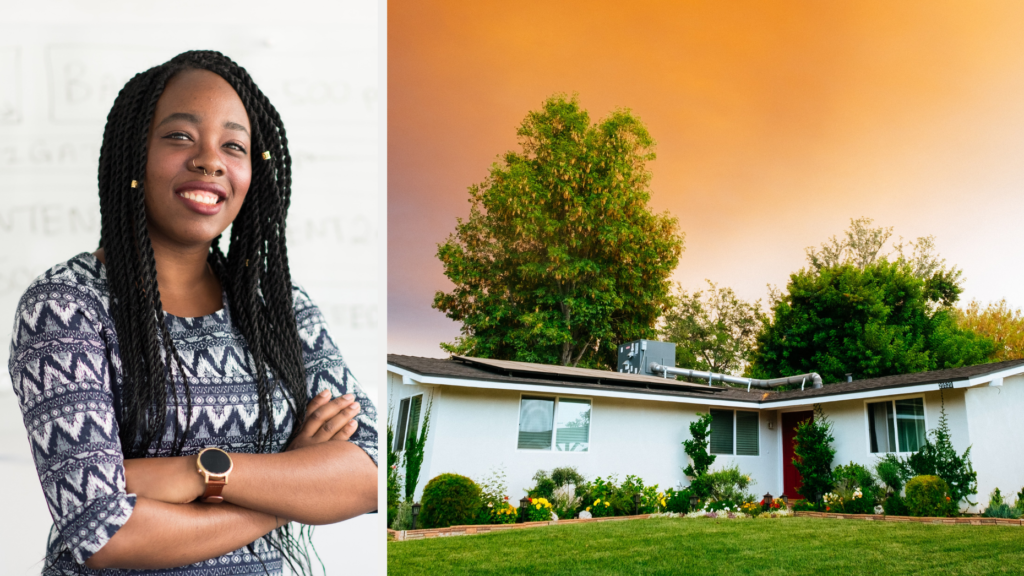Seeking to make good on a vow to be up and running in 25 states by the end of this year, power buyer Ribbon is expanding into the Midwest and will provide its cash offer services in Indiana and Missouri, it was announced Wednesday.
The New York-based startup also said it’s now supporting home purchases of up to $1 million, a 43 percent increase from the previous limit of $700,000. In addition to raising its price ceiling, Ribbon will now back purchases of homes built or fully renovated after 1960. Until recently, Ribbon wasn’t prepared to back transactions involving homes built before 1975.
Those two tweaks to Ribbon’s “buy box” expands the pool of homes the company can transact on by 20 percent, said Frances Bryant, director of Ribbon’s financial products and programs.
Frances Bryant
“Obviously, over the last three, four years, the market has changed drastically,” Bryant told Inman. “We’ve also gone through COVID, which was a driver of a tightening of our buy box in 2020. And so, now to really see the market flourishing where we’re located, that’s really the driver behind opening this back up.”
Ribbon says its cash offer program can help first-time homebuyers win bidding wars by allowing them to waive financing and appraisal contingencies when making offers. Ribbon purchases the home, and the buyer rents it back from Ribbon until they secure financing and repurchase the home.
Existing homeowners can use Ribbon to buy and move into a new home while their old home is still on the market. Although buyers must qualify for a mortgage in order to use Ribbon, there’s always some element of risk when buying and selling homes.
Bryant said Ribbon employs an internal overlay to determine transaction limits, and also has “some constraints on the back end with one of our financial partners.”
Ribbon’s higher purchase limits follow in the wake of a record-breaking 18 percent increase in the 2022 conforming loan limit for Fannie Mae and Freddie Mac. Rapid home price appreciation during the pandemic prompted Fannie and Freddie’s federal regulator to increase their upper loan limits on Jan. 1 to $647,200 in most of the country, and close to $1 million in higher priced markets.
“We used lots of articles around the conforming loan limit increase to prove the point internally that we needed to increase our buy box,” Bryant said. “It was definitely a driving factor.”
Lessons learned in Southeastern markets where Ribbon’s been most active also helped justify the higher purchase limits, Aamer Abdullah, Ribbon’s vice president of capital markets and portfolio management, said.

Aamer Abdullah
“As Ribbon has evolved as a company, we’ve sort of learned and tightened up a lot of our own processes in terms of risk management as well as when homes come back on a balance sheet, how we are able to minimize losses,” Abdullah said. “So I think a lot of those aspects have gotten us very comfortable with increasing the buy box to meet the demands of the market.”
The expansion into Indiana and Missouri gives Ribbon a presence in hot markets like Indianapolis and St. Louis. Ribbon, which announced a $150 million Series C raise in September, is already well established in North Carolina, South Carolina, Tennessee, Georgia, Texas and Florida. In November, the company announced plans to expand into Alabama and Virginia. All told, Ribbon is now live, or soon to be live, in 10 states.
Competing power buyers offering programs to turn home seekers into cash buyers include HomeLight, Evergreen Home Loans, UpEquity, Knock, Homeward, Orchard and Reali.
The Southeastern and Mid-Atlantic markets appeal to Ribbon because of how competitive they are, CEO Shaival Shah told Inman in November.
“Most companies are going after the high profile markets with buzzworthy high profile communities and higher price points because they generate more revenue,” Shah said. “But [the Southeast and Mid-Atlantic] have some of the most competitive markets in the country. It’s where a lot of the migration in the country is happening that people aren’t really talking about.”
In announcing the company’s entry into Indiana and Missouri, Ribbon noted that home prices in Indianapolis were up 18.9 percent in December from a year ago. In St. Louis, 38.9 percent of homes sell for above asking price, and typically spend no more than a month on the market.
“A booming industry is ratcheting up competition to the point of leaving single-family homes further out of reach for everyday buyers,” the company said.
Ribbon has positioned itself as a tool for everyday buyers and their agents, helping them compete in markets where they face a “triple threat of low inventory, rising prices, and an influx of Wall Street investors.”
Although Ribbon has increased its upper purchase limit to $1 million, many first-time homebuyers can’t afford to spend anywhere near that. Bryant said the deals Ribbon facilitates vary by market and borrower characteristics.
“If you look at a city like a Huntsville or Birmingham, Alabama, Austin’s average prices is much, much higher,” Bryant said. “We support first time homebuyers, and we also support move up buyers. So I think, the increase supports a higher percentage of move up buyers — they’re assessing where they can go, whether that next house is $800,000 or $900,000. So I think it’s kind of multifaceted.”
Ribbon’s expanded service area and buyer box mean the company is hiring, with several dozen openings currently posted on the company’s website in departments including customer experience, engineering, finance, product and design, and risk operations.
Get Inman’s Extra Credit Newsletter delivered right to your inbox. A weekly roundup of all the biggest news in the world of mortgages and closings delivered every Wednesday. Click here to subscribe.



 Are You Interested in West Eleventh Residences Miami?
Are You Interested in West Eleventh Residences Miami? Are You Interested in ONE Park Tower by Turnberry?
Are You Interested in ONE Park Tower by Turnberry? Are You Interested in Diesel Wynwood Condominium?
Are You Interested in Diesel Wynwood Condominium? Are You Interested in Five Park Miami Beach?
Are You Interested in Five Park Miami Beach? Are You Interested in Cipriani Residences Miami?
Are You Interested in Cipriani Residences Miami? Are You Interested in Bentley Residences Miami?
Are You Interested in Bentley Residences Miami? Are You Interested in Baccarat Residences Brickell?
Are You Interested in Baccarat Residences Brickell? Are You Interested in Aria Reserve Miami?
Are You Interested in Aria Reserve Miami? Are You Interested in 888 Brickell Dolce & Gabbana | Miami?
Are You Interested in 888 Brickell Dolce & Gabbana | Miami? Are You Interested in 600 Miami WorldCenter?
Are You Interested in 600 Miami WorldCenter? Are You Interested in HUB MIAMI RESIDENCES?
Are You Interested in HUB MIAMI RESIDENCES? Are You Interested in WALDORF ASTORIA RESIDENCES?
Are You Interested in WALDORF ASTORIA RESIDENCES?